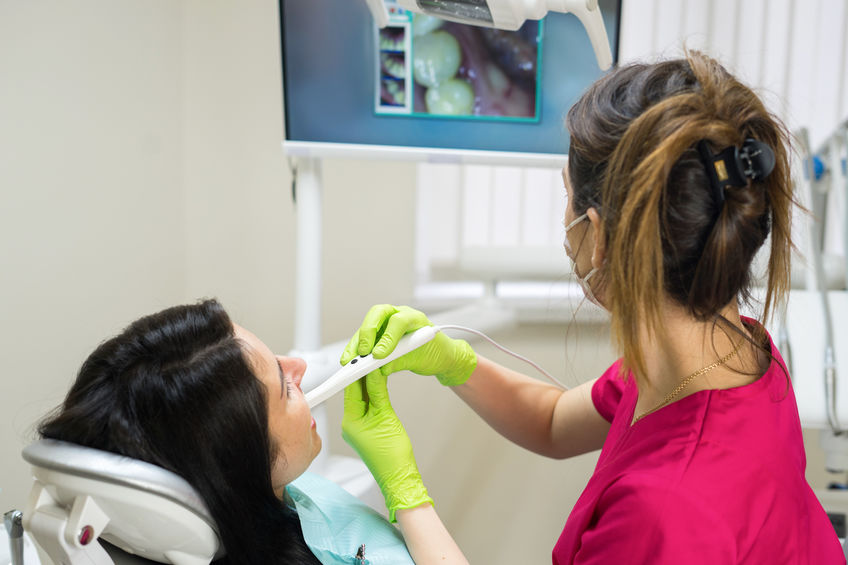In recent years, the dental hygiene department has experienced a significant surge in growth and recognition within the field of dentistry. This expansion can be attributed to several key factors, including increased awareness of oral health, advancements in technology, and evolving patient preferences.
In this blog post, we will delve into the various aspects that have contributed to the remarkable growth of the dental hygiene department and explore the exciting opportunities it presents for both dental professionals and patients alike.
- Rising Oral Health Awareness: One of the primary drivers behind the growth of the dental hygiene department is the heightened awareness of oral health in society. People are now more educated about the importance of maintaining good oral hygiene and its impact on overall well-being. This increased awareness has led to a greater demand for preventive dental care, putting dental hygienists in the spotlight as experts in this field.
The role of dental hygienists goes beyond “cleaning teeth.” We are not treating a single tooth or mouth, dentistry in our world today has moved towards the patient’s total health.
“A healthy mouth leads to a longer, healthier life!”
- Expansion of Scope and Responsibilities: Over the years, the scope and responsibilities of dental hygienists have significantly expanded. Once primarily focused on routine cleanings and patient education, dental hygienists now play a more integral role in oral healthcare. Dental hygienists perform advanced procedures such as periodontal (“gum”) therapy, administer local anesthesia, take dental X-rays, use soft-tissue diode lasers to assist in reduction of inflammation. In some regions around the world people have direct access to dental hygienists.
This expanded scope of practice has not only enhanced the role of dental hygienists but has also contributed to the overall growth of the department.
- Technological Advancements: The dental industry has witnessed rapid technological advancements, and dental hygiene is no exception. Modern tools and technologies have revolutionized the way dental hygienists work, making dental care more efficient and patient-friendly. Innovations like digital radiography, intraoral cameras, laser therapy, and ultrasonic scalers have improved diagnostic capabilities and treatment outcomes. These advancements have attracted attention to the dental hygiene department and further fueled its growth.
- Focus on Preventive Care: As the saying goes, “prevention costs less than treating disease.” This adage has gained significant traction in dentistry, with a growing emphasis on preventive care. Dental hygienists are at the forefront of preventive dental practices, educating patients about proper oral hygiene techniques, dietary choices, and lifestyle habits that can help maintain optimal oral health.
The shift towards preventive care has not only reduced the incidence of dental disease but has also elevated the role of dental hygienists as key contributors to overall patient wellness.
- Increased Patient Demand: Patients are increasingly seeking comprehensive and personalized dental care, and the dental hygiene department is well-positioned to meet these demands. Dental hygienists are skilled in building relationships with patients, addressing their concerns, and providing individualized care.
Patients value the expertise and guidance of dental hygienists, and their growing demand has significantly contributed to the expansion of the department.
Think of a dental hygienist as an associate to the dentist. The dental hygienist spends a lot of time each year with patients before the doctor completes the visual exam. This provides a perfect opportunity for the dental hygienist to “show” patients what is happening in their oral cavity.
It also provides an opportunity for the dental hygienist to learn what the patient wants to accomplish for the oral health and other adjunctive services such as Invisalign, teeth whitening, etc.
Conclusion: The growth of the dental hygiene department is a testament to the evolving landscape of oral healthcare. With heightened awareness of oral health, expanding scopes of practice, technological advancements, a focus on preventive care, and increased patient demand, the dental hygiene department has emerged as a vital pillar of dental care.
As we move forward, it is essential to continue nurturing this growth, recognizing the pivotal role dental hygienists play in promoting oral health, and exploring new avenues for innovation and collaboration within the dental profession.
-->

 Follow
Follow